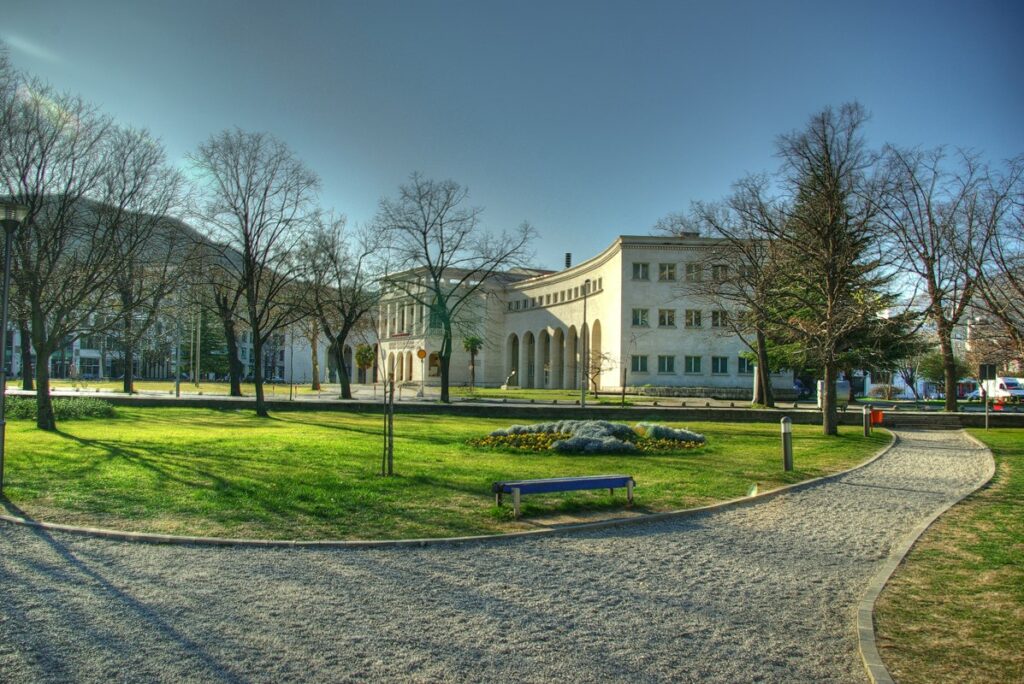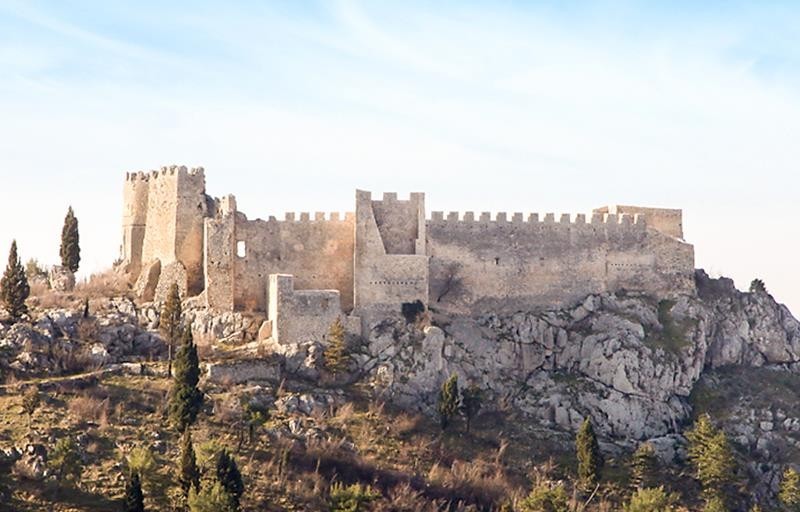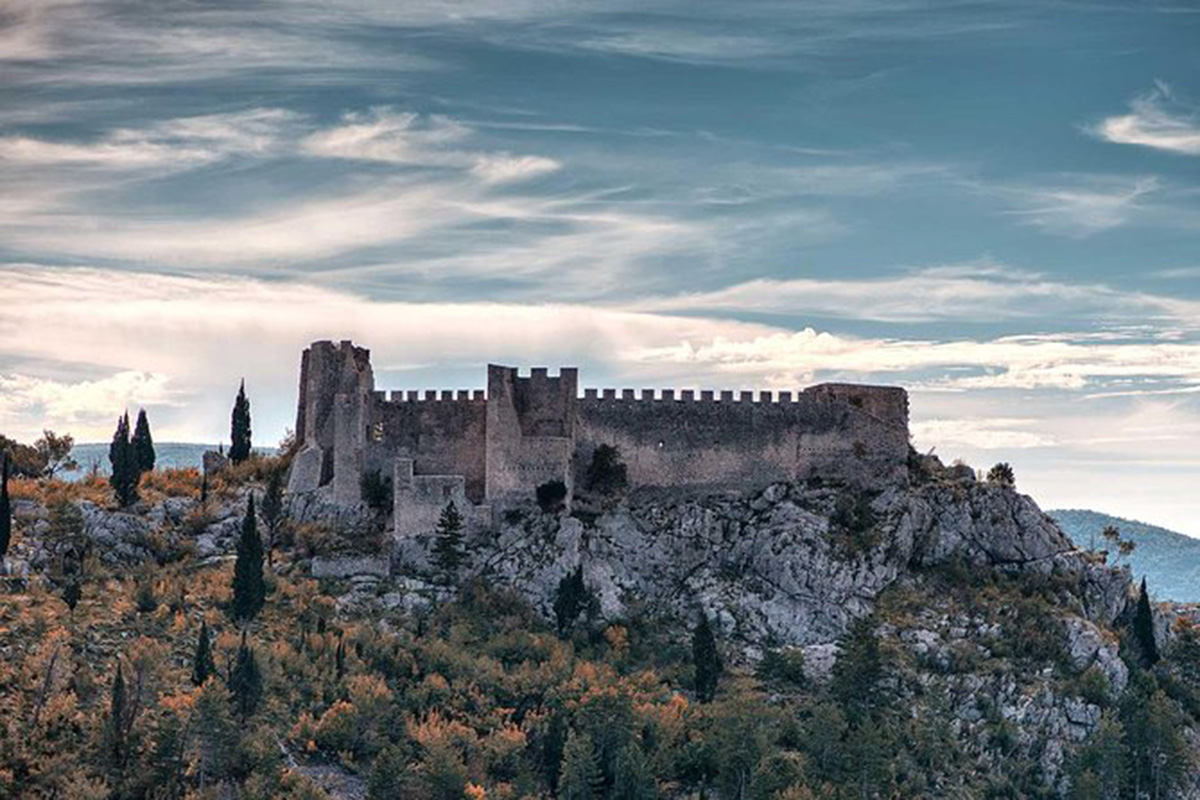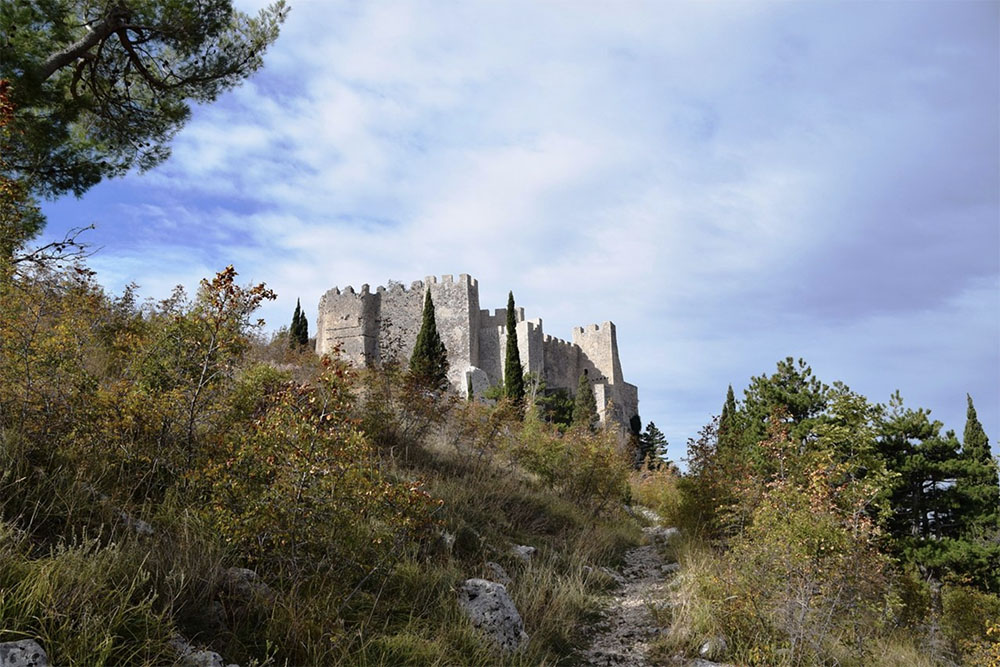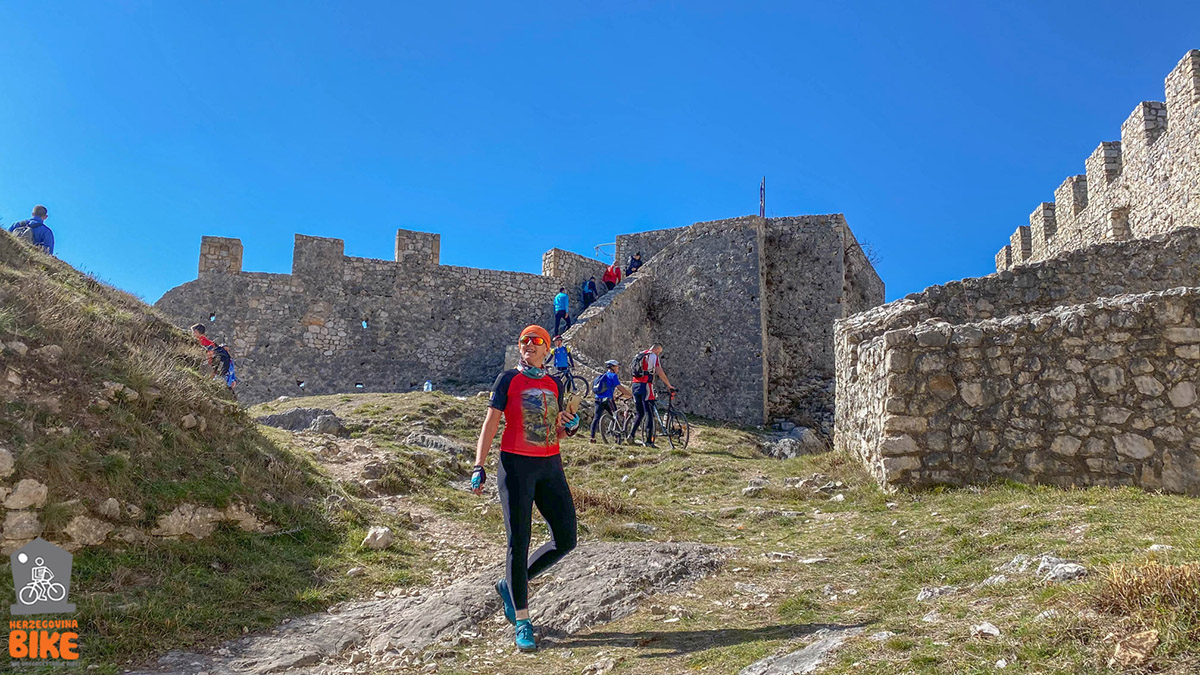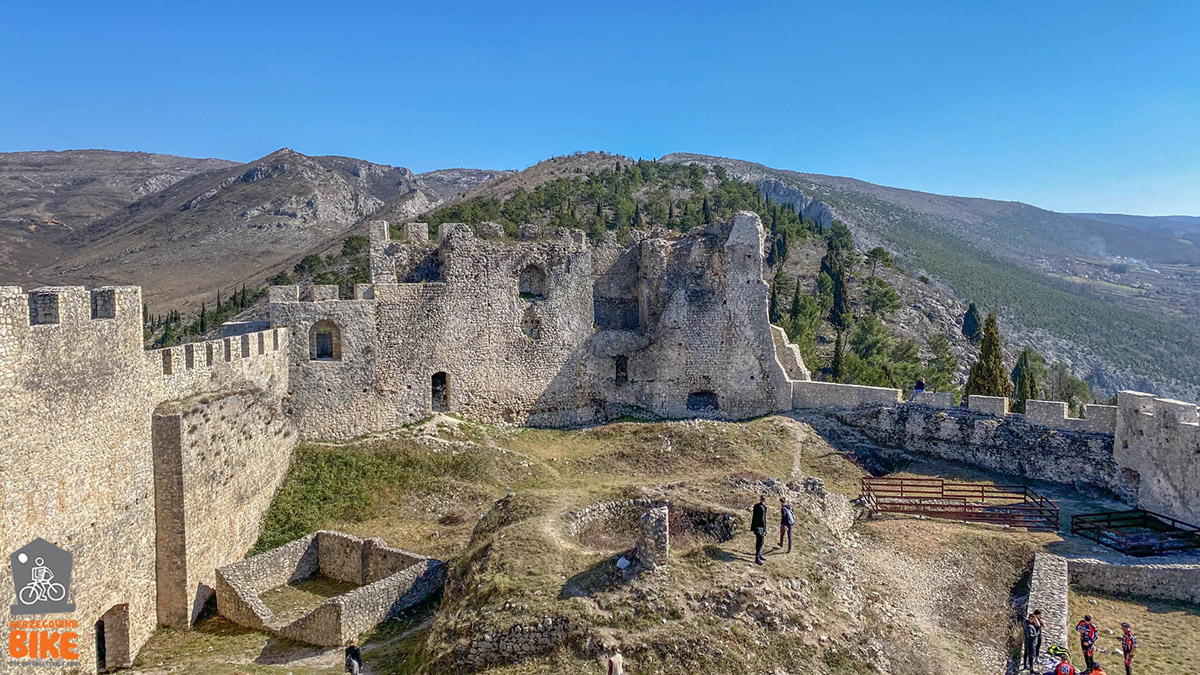In the 15th century, the Kosača family ruled the area of Hum (Herzegovina) and was one of the most powerful noble families in the Kingdom of Bosnia. There are assumptions that the family was named after the village of Kosač near the Piva and Tara river. The influence and power of Kosača can be seen during the time of the first Bosnian king Tvrtko I.
With the accession of Jelena Gruba to the throne, the power of the nobility, both Hrvatinić and Pavlović, and Kosač was further strengthened. In this, but also in the following periods, the territorial expansion and political power of this noble family can be traced. It is not disputable that he is involved in higher political affairs, primarily referring to the conflict between Sigismund and Ladislav of Naples.
Prince Hrana Vuković is taken as the ancestor, and his sons and other heirs significantly expand the territory. The initial area they managed referred to Prijepolje, Nikšić, Boka Kotorska, Pljevlja and the area of Cetina. In later periods, they spread to the entire territory of Hum, and towards the end of the Kingdom, their territory began to be called Herzegovina. Due to the expansion of the area to Hum, they are sometimes called Hum nobles. The peak of their power and influence can be seen in the time of Sandalj Hranić and Stjepan Vukčić. Their power and success are evidenced by the data on opposing the king, other nobles in Bosnia at that time, and at first cultivating friendly relations with the Ottomans.
Furthermore, territorial stagnation, loss of power and almost complete loss of possession began towards the end of the reign of Stjepan Vukčić Kosača. With the marriage of Katarina Kosača, the daughter of Stjepan Vukčić, to the Bosnian king Stjepan Tomaš, he began to cultivate friendly relations with the state leadership. However, it should be noted that even after the blood connection with the royal dynasty, conflicts are visible. Finally, with the fall of the Kingdom of Bosnia in 1463, the political and territorial uplift of this family came to an end. The resistance of some members lasted until the begin-ning of the 16th century, when the Ottomans occupied most of their territory.
Finally, it is important to mention that one of Stjepan Vukčić Kosača sons, Stjepan, converted to Islam and entered the service of the Ottoman Empire under the new name Ahmed-paša. During his life he succeeded in advancing in state affairs and was one of the Sultan’s closest associates.


